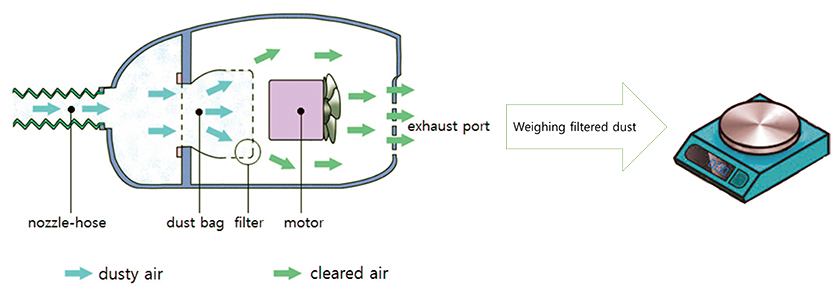Transl Clin Pharmacol.
2017 Mar;25(1):1-4. 10.12793/tcp.2017.25.1.1.
Tutorial for beginners: the concept of clearance explained using the example of a vacuum cleaner
- Affiliations
-
- 1Department of Clinical Pharmacology and Therapeutics, Seoul St. Mary's Hospital, PIPET (Pharmacometrics Institute for Practical Education and Training), College of Medicine, The Catholic University of Korea, Seoul 06591, Korea. yimds@catholic.ac.kr
- KMID: 2411411
- DOI: http://doi.org/10.12793/tcp.2017.25.1.1
Abstract
- Clearance is a key concept in pharmacokinetics, but it is not easy to understand for beginners. This tutorial aims to help beginners by using the analogy of a vacuum cleaner clearing the dust from the air in a room. The air, the volume of the air, the dust and the vacuum cleaner are used to represent the plasma, the volume of distribution, the drug and the eliminating organ, respectively, in the human body. Because the capacity of a vacuum cleaner (eliminating organ) is an inherent feature that is independent of the concentration of dust (drug), the elimination rate (eliminated amount/time) of dust (drug), which is proportional to its concentration in the air (plasma), cannot reflect this inherent capacity correctly. Clearance estimates the volume of the solvent (air or plasma) cleared by the organ per unit time rather than the amount of the solute (dust or drug) removed. Therefore, clearance has the unit of volume/time. Just as the air is cleared of dust, but is not eliminated by the vacuum cleaner, the plasma is cleared of drug, but is not eliminated from the human body.
Keyword
Figure
Reference
-
1. Möller E, McIntosh JF, Van Slyke DD. Studies of urea excretion II. Relationship between urine volume and the rate of urea excretion by normal adults. J Clin Invest. 1928; 6:427–465.2. Hoenig V, Schück O. Hepatic clearance theory and applications. Rev Czech Med. 1956; 2:62–66.3. Holford N, Yim DS. Clearance. Transl Clin Pharmacol. 2015; 23:42–45.
Article4. Atkinson AJ Jr. Pitfalls in the calculation of hemodialysis clearance and in the assessment of dialysis efficacy. Transl Clin Pharmacol. 2016; 23:153–156.
Article
- Full Text Links
- Actions
-
Cited
- CITED
-
- Close
- Share
- Similar articles
-
- A Next-Generation Friction Burn Caused by a Cordless Vacuum Cleaner
- Revisiting the well-stirred model of hepatic clearance: Q(H), CL(H) and F changing in the same direction
- Absorption and Half-Life
- Clearance
- Effective Decontamination and Remediation After Elemental Mercury Exposure: A Case Report in the United States


